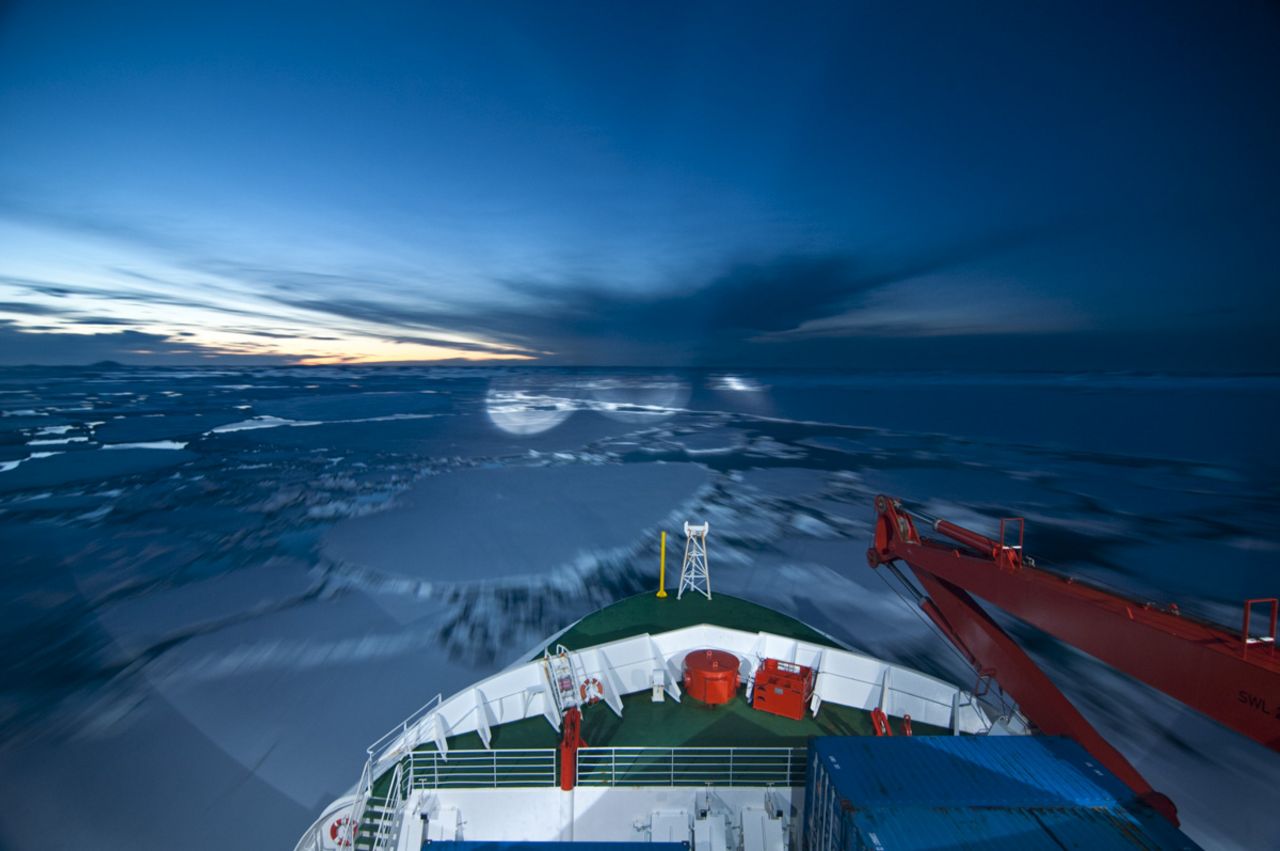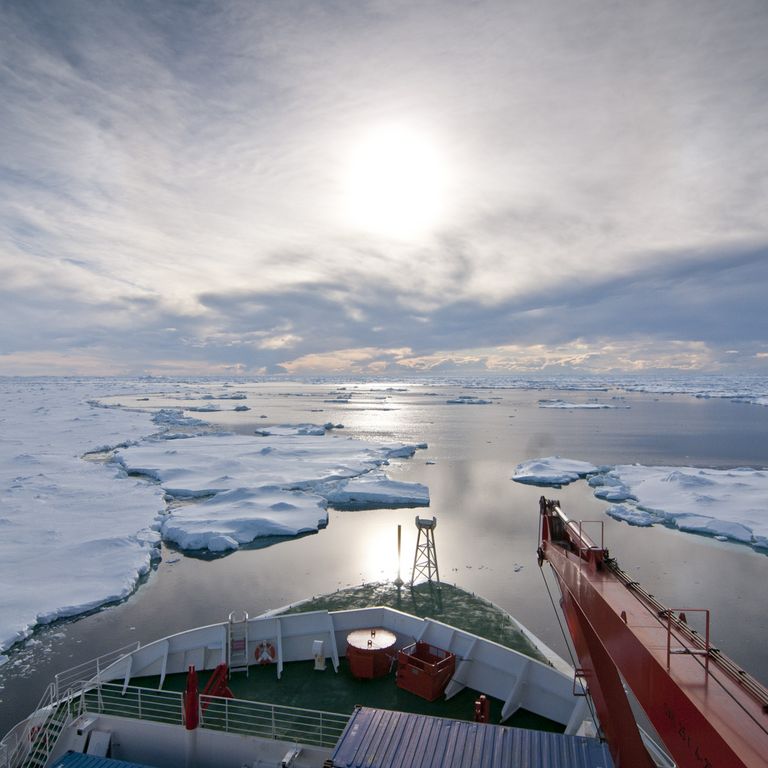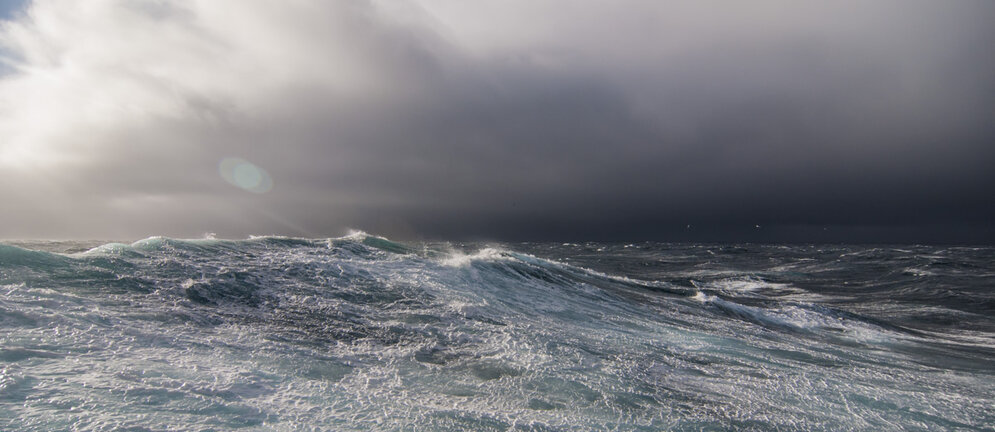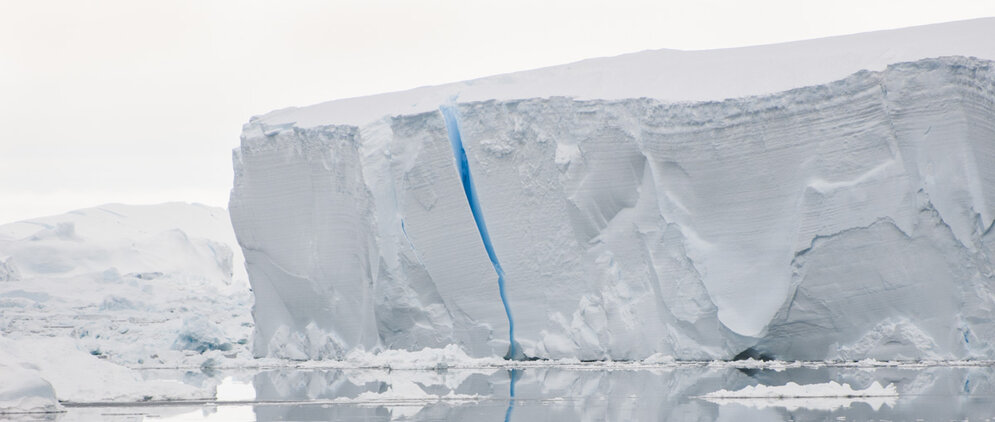Project
Population genetics of antarctic icefishes

Adaptive Radiation in an Extreme Environment - Genetic Diversity, Speciation and the Evolution of Key-Innovations in Antarctic Notothenioids
Antarctic icefishes (Notothenioidei) are due to their peculiar history of origin and isolated environment ideal organisms to study population structures and evolutionary processes. For a better understanding of the influence of environmental factors and species-specific biological traits on population connectivity, we compare the population genetic structures of different species in the Atlantic sector.
Background and Objective
The Southern Ocean around the Antarctic continent is an extreme and cold environment. Its geographic, thermal and hydrographic isolation since more than 20 million years ago lead to a species-poor, but unique fish fauna that is dominated by the clade of Antarctic Icefishes (Notothenioidei). These fishes are mostly endemic and owe their success to the development of key-innovations, such as their ability to express anti-freeze glycoproteins, which prevent body fluids from freezing, and the often absence of competitors for ecological niches. Notothenioids are especically suited to study general questions related to evolution and speciation due to their isolated environment, shared ancestry and ecologcial adaptations.
A comparative analysis of the genetic diversity of ecologically distinct species from the Atlantic sector of the Southern Ocean is conducted to identify the factors regulating population structures, with special emphasis on the gene flow by pelagic larval dispersal.
Approach
Genetic analysis of the population structure and demographic history with the use of mitochondrial gene sequences and nuclear microsatellite markers.
Our Research Questions
How are populations (genetically) structured? Which factors regulate gene flow? What influence has the long pelagic larval phase of the notothenioids on their population connectivity? How do species respond to global climate change?
Results
Based on our set of highly-resolving genetic markers we could show that populations of notothenioid fishes are often more differentiated as previously anticipated. Nonetheless, short distances between populations elevate the levels of gene flow. In contrast to expectations, the prolonged pelagic larval development of notothenioids does not automatically translate into high levels of gene flow.
Thünen-Contact

Involved Thünen-Partners
Funding Body
-
Deutsche Forschungsgemeinschaft (DFG)
(national, öffentlich)
Duration
2.2009 - 8.2012
More Information
Project funding number: HA 4328/4
Project status:
finished
Publications
- 0
Colombo M, Damerau M, Hanel R, Salzburger W, Matschiner M (2015) Diversity and disparity through time in the adaptive radiation of Antarctic notothenioid fishes. J Evol Biol 28(2):376-394, DOI:10.1111/jeb.12570
- 1
Matschiner M, Colombo M, Damerau M, Ceballos S, Hanel R, Salzburger W (2015) The adaptive radiation of notothenioid fishes in the waters of Antarctica. In: Extremophile fishes : ecology, evolution, and physiology of teleosts in extreme environments. Springer International Publishing Switzerland, pp 35-57
- 2
Damerau M, Matschiner M, Salzburger W, Hanel R (2014) Population divergences despite long pelagic larval stages: lessons from crocodile icefishes (Channichthyidae). Mol Ecol 23(2):284-299, DOI:10.1111/mec.12612
- 3
Damerau M, Salzburger W, Hanel R (2014) Population genetic structure of Lepidonotothen larseni revisited: Cyb and microsatellites suggest limited connectivity in the Southern Ocean. Mar Ecol Progr Ser 517:251-263
- 4
Damerau M, Matschiner M, Salzburger W, Hanel R (2012) Comparative population genetics of seven notothenioid fish species reveals high levels of gene flow along ocean currents in the southern Scotia Arc, Antarctica. Polar Biol 45(7):1073-1086, DOI:10.1007/s00300-012-1155-x
- 5
Rutschmann S, Matschiner M, Damerau M, Muschick M, Lehmann MF, Hanel R, Salzburger W (2011) Parallel ecological diversification in Antarctic notothenioid fishes as evidence for adaptive radiation. Mol Ecol 20(22):4707-4721, DOI:10.1111/j.1365-294X.2011.05279.x
- 6
Jones CD, Damerau M, Deitrich K, Driscoll R, Kock K-H, Kuhn K, Moore J, Morgan T, Near TJ, Pennington J, Schöling S (2009) Demersal finfish survey of the South Orkney Islands. In: van Cise AM (ed) AMLR 2008/2009 Field Season Report : Objectives, Accomplishments and Tentative Conclusions. La Jolla: AMLR, pp 49-66

![[Translate to English:] [Translate to English:]](/media/_processed_/2/9/csm_Embryo-Exp_Gelege_9F_dpf5-200513111619_c8534a8199.jpg)
![[Translate to English:] [Translate to English:]](/media/_processed_/2/9/csm_Embryo-Exp_Gelege_9F_dpf5-200513111619_9027994d44.jpg)




![[Translate to English:] Logo des Bundesministerium für Ernährung und Landwirtschaft](/media/allgemein/logos/BMEL_Logo.svg)